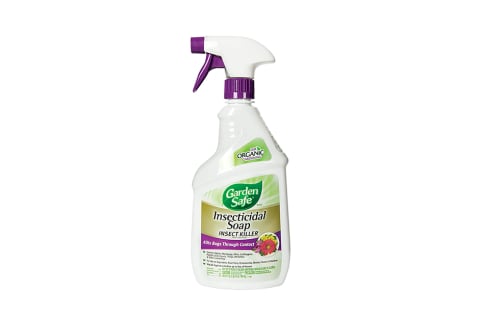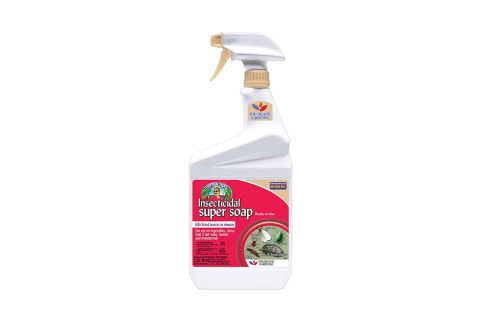Here, experts share how to identify and kill bugs in houseplants to keep your greenery collection looking good as new. “There are so many ways they can come in, and my message is always that it’s normal to have pests if you have plants. It’s almost unavoidable,” Roos Kocken, a houseplant expert and sustainability advocate, tells mbg. With that being said, getting into the habit of regularly checking your plants for signs of pests is a smart idea. Pests can happen any time of year, but Kocken has noticed they tend to be especially active during seasonal transitions into spring and fall. Since bugs can often be trailed in on houseplants from the shop, you’ll also want to keep an eye on any new plants you buy. Once you bring it home, “it is advised that you keep that plant separate from the rest for two weeks, inspecting it regularly for pests before allowing it into the fold, so to speak,” Lauren Camilleri and Sophia Kaplan of Bloom: Flowering Plants for Indoors and Balconies recommend. Here’s an overview of the pests you’ll often find on houseplants, and what their trails look like. Bioinsecticide sprays offer another solution; these are made from bacteria that can kill pests but shouldn’t harm your plant. It’s best to choose an insecticide that is made using organic materials instead of a synthetic that might make your plant toxic to you and your pets. Consider one of the options below or make your own natural pesticide using this how-to guide. Once you get over the initial ick factor, Kocken says that working with beneficial insects can actually be really comforting. “It makes me much more relaxed because I know I have a little army of good bugs working for me, so I don’t have to be so stressed about [pests],” she says. Camilleri and Kaplan add that pests are also quick to spread to nearby plants. So if you spot them on one plant, you should separate it from the rest of your collection before starting with any of the above treatment options. Emma received her B.A. in Environmental Science & Policy with a specialty in environmental communications from Duke University. In addition to penning over 1,000 mbg articles on topics from the water crisis in California to the rise of urban beekeeping, her work has appeared on Grist, Bloomberg News, Bustle, and Forbes. She’s spoken about the intersection of self-care and sustainability on podcasts and live events alongside environmental thought leaders like Marci Zaroff, Gay Browne, and Summer Rayne Oakes.





